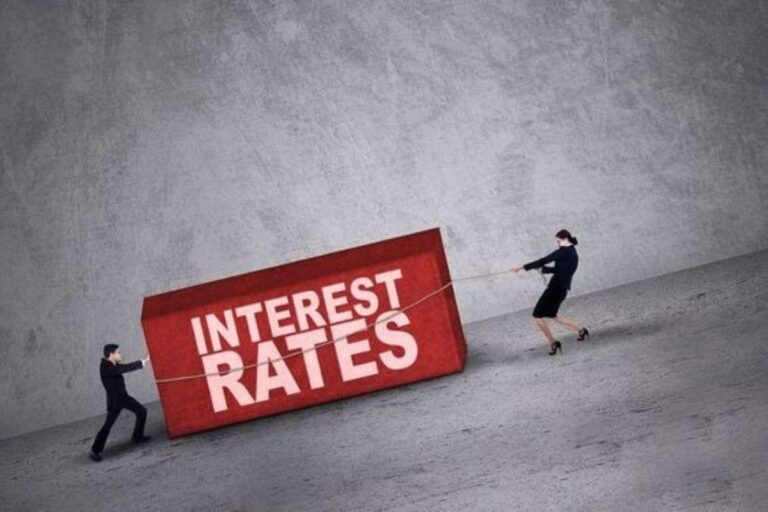Student Loan Interest Rates Soar to Highest in Nearly Two Decades

Student Loan Interest Rates Soar to Highest in Nearly Two Decades
Higher Interest Rates Incoming
Old Loans Won’t Be Affected
A Big Burden
Why Is the Interest Rate So High?
Students Are Paying the Price for the Feds’ Mistake
Why the Interest Rates May Remain High
Who Can Afford Colleges Now?
Private Colleges Are Worse Cost-Wise
Nobody Wants Federal Loans Anymore
Less College Applications
Interested Parties Are Worried
MOST POPULAR
-
Dinosaur Embryo Discovered Inside 72-Million-Year-Old Egg
March 22, 2024 -
Some Countries With Strict Anti-LGBTQ+ Laws
March 22, 2024 -
New Study Reveals Underground Climate Change Below Populated U.S. Cities
March 18, 2024 -
Truckers Show Support for Trump, Boycott NYC Amid $355 Million Civil Fraud Ruling
April 17, 2024 -
CRFB Reveals How Much National Debt Trump Incurred in His Presidency
April 19, 2024 -
Did Oswald Act Alone? Chilling Testimonies From JFK’s Assassination
March 9, 2024 -
Americans Think Both Biden and Trump Would Not Make Good Presidents
April 16, 2024 -
Here’s Why Young American Males Don’t Want a College Education
May 18, 2024 -
Baltimore Mayor Accuses Racists of Weaponizing DEI Language
April 15, 2024 -
Federal Judge Suggests Trump Might Incite Another Riot Like January 6
April 18, 2024













